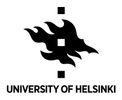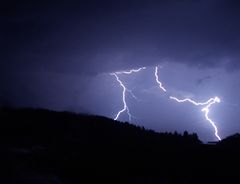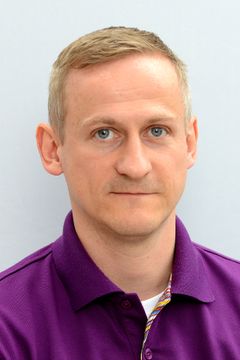New methods to estimate rainfall and how icing affects wind energy
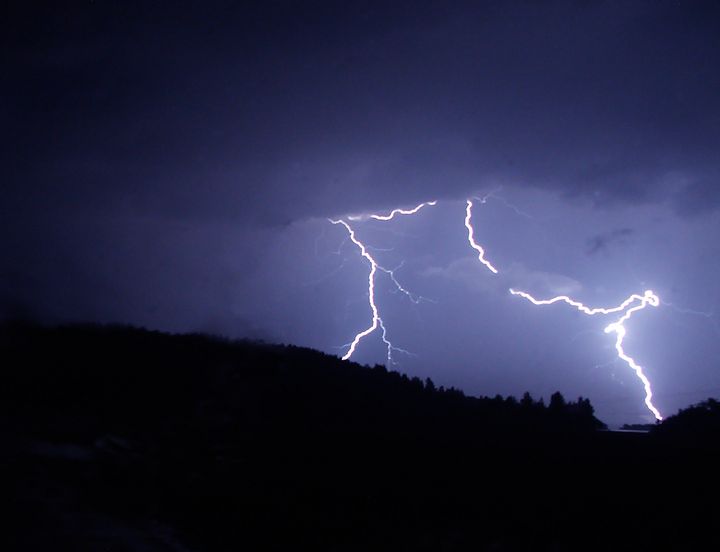
Observational datasets are an important part in today's meteorological developments. For example, surface observations are very useful as they are but they only provide weather information for a point location, they do not give much information, if any, on what happens between the observation stations across a larger area.
On the other hand, using models, one can create an analysis of the meteorological situation, i.e. calculate and estimate what happens between fixed observation points. Remote-sensing data, such as radar and satellite, are being processed and the output is given over a domain as an analysed product of their measurements. For example, radar gives a plot of where the rain is located, i.e. an analysis of the current precipitation.
Wanting to improve the present algorithms and their functionality on how to perform the meteorological analysis, Erik Gregow did his research work using the Local Analysis and Prediction System (LAPS) for his doctoral dissertation at the University of Helsinki. He used different kinds of meteorological observations and studied their interdependencies in order to combine and merge information from various instruments. The LAPS developments were used for several end-users (Finnish Meteorological Institute duty forecasters, SYKE) and nowcasting applications (road and fire weather models).
- My primary focus has been to improve the estimation of hourly precipitation accumulation and meteorological quantities that affect wind energy production, says Erik Gregow, who is working at the Finnish Meteorological Institute.
Lightning data improved the rainfall estimates
Erik Gregow’s studies were concentrated on Finland area and according to his results one can improve the precipitation amount estimations by combining surface station measurements, radar and lightning information.
- Combining radar and surface observations gives a clear improvement when estimating the accumulation product. The use of lightning data can further help in the calculations and gives the advantage of having additional data outside radar coverage, which can potentially be very useful for example over sea areas, says Gregow.
In addition, the improved LAPS analyses for cloud-related quantities and a newly developed model, called LOWICE, makes it possible to calculate the electricity production during wintertime.
Here, the icing on wind turbine rotor blades result in reduced power production. This is an important aspect for the wind energy industry where the energy production needs to be estimated ahead, before being sold on electricity market. There is also a safety aspect, big pieces of ice can fall from the rotor blades and potentially hit the staff and damage facilities.
- Here in our northern areas, the wind power turbines are sensitive to icing and thereby the cut down in produced energy. We have shown promising results where we are able to model the power losses, induced by the icing, he says.
Short-term forecasts, “nowcasts”, and predictability difficulties
With a series of radar images, a person or a computer can process information to estimate where the rain will move and be located within the next few minutes or even hours, i.e. a short forecast also called “nowcast”.
- For most quantities, such as temperature and wind, it is still significantly harder to make such a nowcast, since they are influenced by many other meteorological factors and there is no linear development of them, says Erik Gregow.
Therefore, forecast models are needed to solve the involved physical and dynamic equations even at these short forecast time ranges, similar as for estimating the weather for several days ahead.
A prerequisite for generating a forecast of high quality is to capture the initial weather conditions as good as possible. This is done using observations and they are introduced into the forecast model through different techniques, where the model creates its own analysis as the initial step. But there still remain problems with the first hours of the forecast, since the model dynamics are not in balance initially, and therefore there is a ”spin-up” until these are being stabilized.
- There is still much work needed on how to improve the first hours of the forecast, especially since the forecast models nowadays operates at higher resolutions (that is resolving the weather at smaller scales). Here, the analysis part is essential and needs further developments, says Erik Gregow.
Link to thesis: New methods using in-situ and remote-sensing observations for improved meteorological analysis: https://helda.helsinki.fi/handle/10138/229598
For more information:
Erik Gregow, +358 50 320 7859, erik.gregow@fmi.fi
With kind regards.
Minna Meriläinen-Tenhu, @MinnaMeriTenhu
Contacts
Minna Meriläinen-TenhuPress Officer
Tel:+358 50 415 0316minna.merilainen@helsinki.fiImages
About University of Helsinki
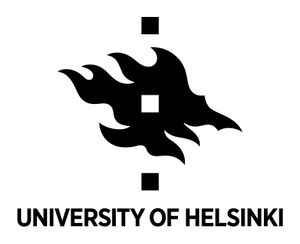 University of Helsinki
University of HelsinkiP.O. Box 4 (Yliopistonkatu 3)
00014 University of Helsinki, Finland
http://www.helsinki.fi/en
The University of Helsinki is one of the world’s leading multidisciplinary research universities, renowned for its high-quality teaching, research and innovation. It is proud to be constantly ranked among the top one hundred best universities in the world.
The university has an enrollment of over 35 000 students and it offers a wide range of Master’s programmes taught in English. Established in 1640, the University of Helsinki is the oldest university in Finland.
Subscribe to releases from University of Helsinki
Subscribe to all the latest releases from University of Helsinki by registering your e-mail address below. You can unsubscribe at any time.
Latest releases from University of Helsinki
AI boom requires new benchmarks for natural language understanding6.2.2024 08:00:00 EET | Press release
Aarne Talman’s timely research delves into the meaning of language understanding, its measurement and the weaknesses of current measurement benchmarks.
The Helsinki Collegium for Advanced Studies is a home base for international researcher encounters and a pioneer in the humanities and social sciences in Finland10.6.2022 09:00:00 EEST | Press release
The Helsinki Collegium for Advanced Studies at the University of Helsinki celebrates its 20th anniversary on 15 June, with star philosopher Martha Nussbaum as the anniversary speaker.
Globalization, Sustainability and the War in Ukraine - How does sustainability science explain past and future trajectories?31.5.2022 08:54:56 EEST | Press release
In February 2022, the global peace was shattered by the Russo-Ukrainian conflict that escalated into aggressive Russian invasion into Ukraine. While the situation is widely discussed in the media, not much attention has been given to the perspectives of sustainability science.
University of Helsinki's new open AI in Society MOOC will consider technology´s issues and challenges30.5.2022 09:03:41 EEST | Press release
University of Helsinki's Una Europa AI in Society Massive Open Online Course (MOOC) creates critical awareness of the basics of AI and its related ethical issues as well as its impacts on different sectors of society, including justice and jurisprudence, health care, and democratic participation. The MOOC examines how society could cope with these issues, and how the societal impact and relevant values can be considered in design, implementation, and deployment of AI.
University of Helsinki offers online course Ethics of AI in Finnish and Swedish23.11.2021 09:00:00 EET | Press release
The open and free online course Ethics of AI is designed to help us understand what it means to use AI ethically, and what it requires from society and individuals. The course uses examples of practical issues from its collaboration partners.
In our pressroom you can read all our latest releases, find our press contacts, images, documents and other relevant information about us.
Visit our pressroom